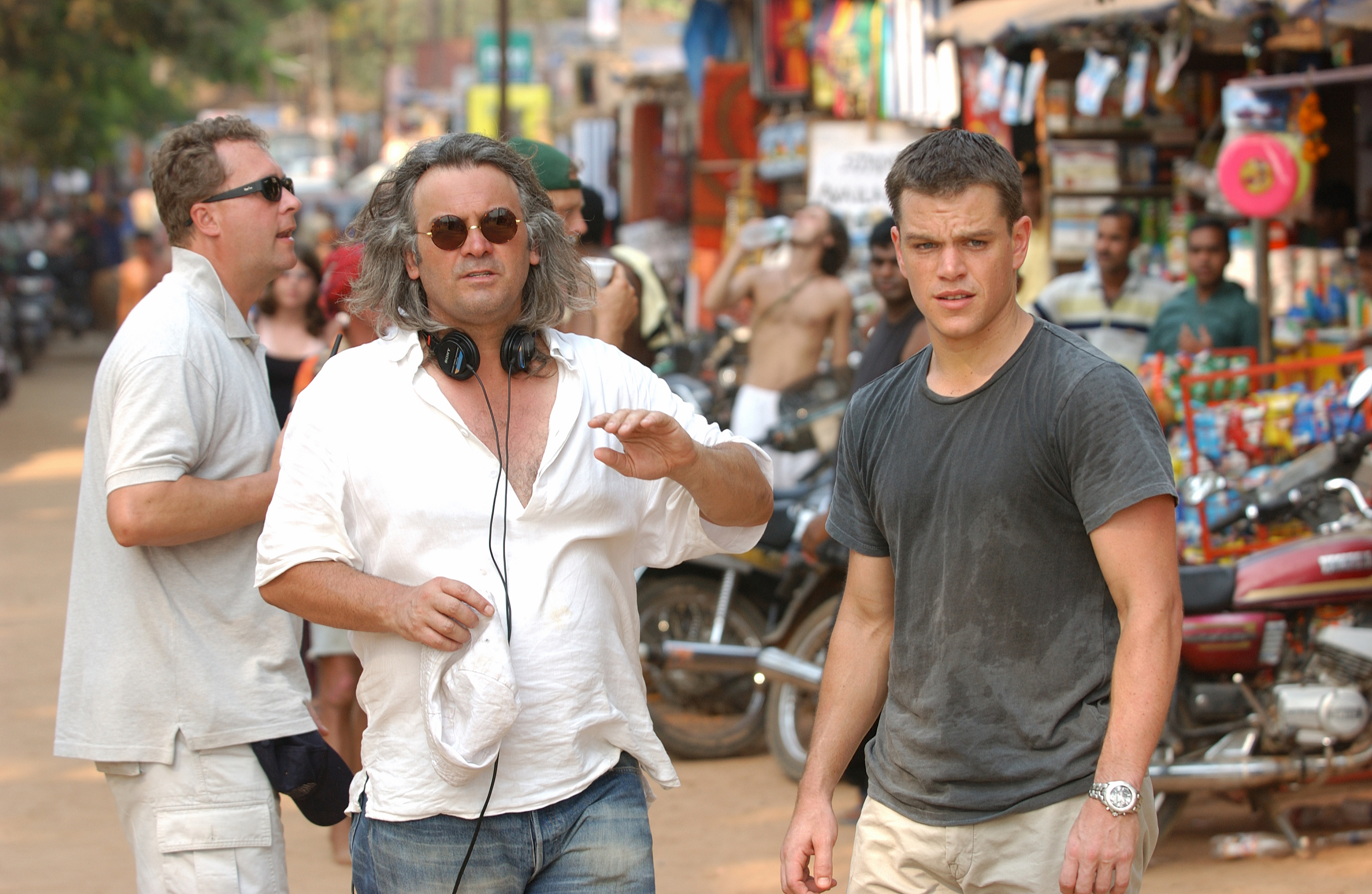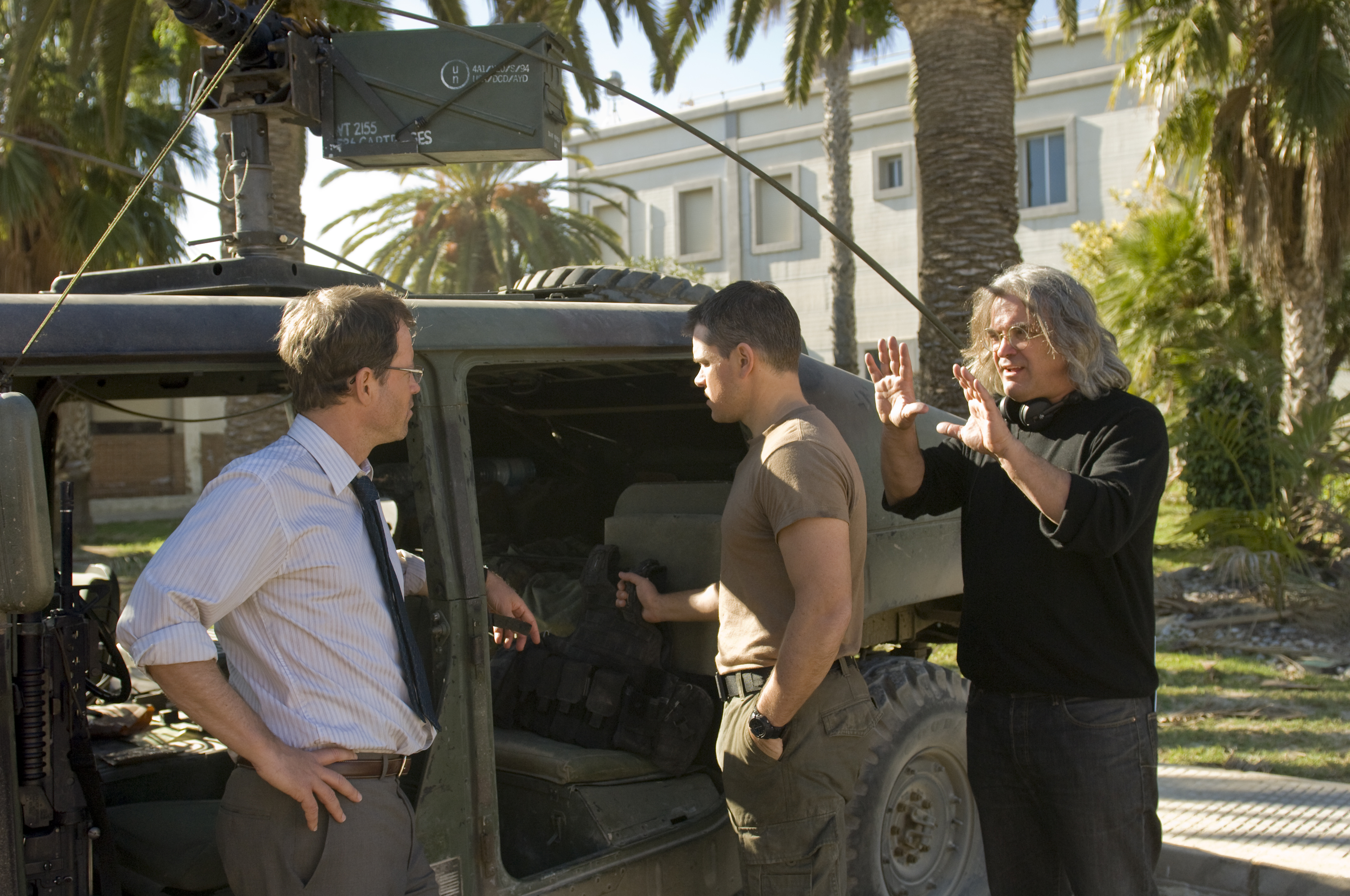What are “Jason Bourne” director Paul Greengrass’ trademarks?
Quick Answer: Bourne franchise director Paul Greengrass is known for perfecting and popularizing action techniques like the shaky cam, rapid-fire editing and immersive sound design. Today the action genre is full of these techniques, but they are often misused and exaggerated in less successful examples. Greengrass returns with Jason Bourne, after The Bourne Legacy directed by Tony Gilroy, brining his recognizable action style back to the series.
Nine years following The Bourne Ultimatum (2007), former amnesiac and CIA agent Jason Bourne is back, hunting down the people who took everything from him and learning more about his past. Jason Bourne (2016) marks the return of director Paul Greengrass as well as the return of Matt Damon in the titular role of Jason Bourne. Though still an entry in the Bourne franchise, The Bourne Legacy (2012) lacked both Damon and Greengrass and received a lukewarm response from critics and fans. The Bourne Legacy‘s box office returns paled in comparison to those of Greengrass’ The Bourne Ultimatum, the highest-grossing movie in the Bourne saga thus far.
Matt Damon plays the title role in the Jason Bourne movies, but the franchise’s real star is Paul Greengrass. The director of three films in the Bourne saga — The Bourne Supremacy (2004) , The Bourne Ultimatum and the new Jason Bourne — is one of the most influential and distinctive action directors working today. His two films based on true events, United 93 (2006) and Captain Phillips (2013), earned him Oscar nominations. His signature style, which popularized handheld cameras and brisk editing, was largely established through his Bourne entries and has since launched myriad copy-cats. With his recognizable approach to action, Greengrass has helped revitalize the genre and establish the cinematic techniques we expect in today’s blockbusters.
Jason Bourne‘s plot differs from the previous Bourne films, as Bourne has finally regained his memory after uncovering his identity at the end of The Bourne Ultimatum. The 2016 film also features new actors, including Tommy Lee Jones, Alicia Vikander and Riz Ahmed. More than previous films, Jason Bourne engages in explicit political commentary and spotlights issues such as government surveillance and encryption. But the overall spirit and style of Bourne remains the same. Just like other installments in the franchise, Jason Bourne centers around high-octane action scenes and espionage-related twists. Reviews are mixed as to whether Jason Bourne measures up to previous efforts, but Greengrass’ return to Bourne creates a feeling of continuity and classic Bourne.

Paul Greengrass and Matt Damon on the set of The Bourne Supremacy (2002)
Greengrass is known for employing a shaky cam, but also for using that shaky cam effectively. While the camera is never steady during the Jason Bourne action scenes, the viewer can discern what’s going on. The camerawork makes for a heady filmgoing experience, one that is immersive without being too disorienting. Greengrass places audiences in the characters’ point of view, making us feel we are part of the action scenes that are unfolding. Although we currently take a shaky cam for granted as a common (even clichéd) element of the action genre, the camerawork’s realistic and gritty feel differs from the sleek, polished Hollywood blockbuster style that once dominated the field. (The Bourne Legacy, directed by Tony Gilroy, notably did not feature the shaky-cam aesthetic for which Greengrass is famous.) And the ever-moving camera is a fitting representation of Bourne’s mental state as a person on the run, mirroring his internal conflict and his need to constantly remain attentive to the dangerous world around him.
Jason Bourne‘s camera style matches Greengrass’ work on previous Bourne films, although some critics feel the active camera is becoming a form of self-imitation gone too far. Lawrence Toppman of The Charlotte Observer wrote, “Greengrass, who has always been fond of his Shaky-Cam, seems to have shot action scenes here while jogging on a treadmill.” Other critics were full of praise for the action sequences. Empire Magazine‘s Jimi Famurewa wrote, “Yes, ‘Jason Bourne’ basically amounts to a trio of action set-pieces elegantly strung together. But who really cares when they’re this impressive?” Consequence of Sound‘s Michael Roffan wrote that Greengrass’ “return may not be triumphant, per se, but his eye for action remains ever vigilant. An early sequence involving a fiery, city-wide riot across Athens is breathtaking, a dazzling portrait of chaos that’s fueled by anxious crosscutting and a barrage of aural effects.”
In addition to the “eye” of Greengrass’ action, the sound design and editing style play equally key roles in Greengrass’ Bourne films. While many viewers may not consciously evaluate the editing or sound design work of a movie, both work on the subconscious level to make or break the audience experience. Rapid-fire editing reflects Bourne’s own breakneck speed and determination. The nature of the cuts echoes Bourne’s tendency to dispatch enemies lethally and quickly. Meanwhile, textured and seamless sound mixing and sound editing make the audience feel immersed and invested in the environment of Bourne’s story. The mixing in the Greengrass-directed Jason Bourne car chase scenes masterfully balances the sounds of engines roaring, cars crashing and glass breaking. Likewise, The Bourne Ultimatum swept the sound category at The Academy Awards in 2008.

Greg Kinnear, Matt Damon and Paul Greengrass on the set of Green Zone (2010)
By contrast, a more derivative action movie like Taken 3 (2015) uses the same broad strokes of techniques (shaky cam and fast-paced editing) but with sloppy, ineffective results. Taken 3‘s director Olivier Megaton tries and fails to emulate a Jason Bourne movie. In one notorious scene, Liam Neeson climbs over a fence amid a dizzying amount of cuts, creating the feel of a parody of an action sequence. Similarly, the jumpy editing of Taken 3‘s car chases makes the scenes incomprehensible, and the unrealistic sound design makes the film’s environments incoherent and unconvincing. Taken 3 is a prime example of how films that imitate Greengrass tend to fail by overusing and exaggerating these techniques, instead of exercising restraint and intention, integrating fast-paced action cinematography with story.
Of course, other directors have succeeded in artful action direction without Greengrass’ style of quick-cutting shaky cam. The now-iconic tracking shot at the end of Episode Four of True Detective (2014) Season One, directed by Emmy-winner Cary Fukunaga, brilliantly raises tension while serving as eye-pleasing spectacle. Clearly Greengrass’ much-copied action trademarks aren’t the only way to create exciting, dynamic scenes.
At the same time, Greengrass’ directing style suits the Jason Bourne action scenes and their atmosphere of disorienting panic, representing a successful merging of form and content. Just like the saga’s deliberate protagonist, Greengrass’ editing is quick, brutal and efficient, while his sound and cinematography create the feeling of a dynamic, dangerous existence in a hostile world full of unknown threats. Although many fail to achieve skillful mastery of Greengrass’ seemingly simple techniques, his action sequences in Jason Bourne are a lesson to any aspiring action filmmaker.

